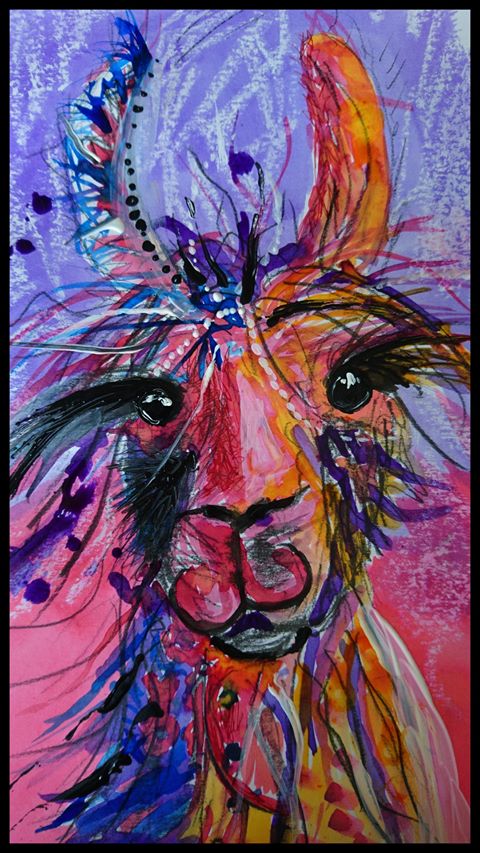An impetus for this Guide was to help combat the naivety and spread of many misleading things I heard about llamas and read in the popular press/on social media.
This ranged from such negative claims suggesting a propensity to spit at everyone to more positive but exaggerated claims of llamas being designed to jump. Such claims were unsubstantiated with hard evidence. Perhaps this is not surprising given that llamas have never been farmed on a large scale and such investment leading to detailed inquiry and research. Alpaca literature is much better informed no doubt because there is more commercial activity associated with them than llamas.
The second drive came from learning that some individuals thought that the search engine Google would find them everything there was to know about llamas on the internet.
The third reason was the need for support to the untrained to work their way through making use of all these source of information as might a librarian or information scientist.
First of all it is important to appreciate that although a growing proportion of published literature is finding its way on the WWW, what is freely available still accounts for only a small proportion. What is more, a good proportion of what is included is not vetted in any way and can contribute to this popular phenomenon that is 'Fake News'. The reports of scientific work is now accessible via the internet but usually sits behind secure firewalls in order to extract payment for consultation it.
If you want to research a subject thoroughly, as opposed to just pick up an odd item for say purposes of illustration, it is first important to plan your research in some detail.
My advice is to first be clear on the subject of your inquiry. Identify keywords that describe it. A thesaurus can be especially useful here both to identify appropriate terminology and the hierarchy of these. so, for example, if you want to retrieve information on llama reproduction you can narrow the broader term Reproduction into narrow terms such as conception, sperm, embryo, etc. You can also identify related terms such as copulation.
Then you are ready to search the databases of which the WWW is just one.
In order to compile the bibliographic databases on this website, I have interrogated various indexing and abstracting services to different source materials, some by source (book, article, thesis, conference proceedings, etc.) , some by subject (see here). I have similarly scrutinized various specialist library collections from large general ones (such as the British Library) (see here) to smaller specialist ones (such as the US National Library of Medicine ) (see here) and some academic ones collectively using a shared catalogue (COPAC) (see here). Separate lists for each of the different sources (books on llamas, articles on llamas, theses on llamas, etc.) were compiled and mounted on the website (see here)
I have also searched the internet using various search engines. Google, good as it is, is only one of many different search engines, all with their strengths and weaknesses associated with a number of factors such as the format in which the information appears (image, PDF, video etc.), language and country of origin, etc. The efficiency of any one of them will be influenced by the way the items are coded up (use of meta tags, etc.) and search terms fed into them. Here it is important to know something of both how the search engine populates itself and how to use Boolean operators, especially given the exponential growth of the WWW.
I made use of Delicious (see here) to store bookmarks to websites with llama content (including You Tube, etc.) and Pinterest (for images) (see here) and organised the content in classified order to effectively form a virtual library to llama literature on the WWW.
Material was extracted from all the above to compile general and specific subject bibliographies on mounted here. Now the researcher has a single highly comprehensive, possibly definitive source of information on llamas in the English language, irrespective of format, date/place of publication, level of scholarship, location, language, etc.
Now the researcher has a ready source of previously reported information to draw upon to inform their comments although this currently, is only complete up to the 1/1/2023. To update it you are advised to consult the Guide I have produced (here).
